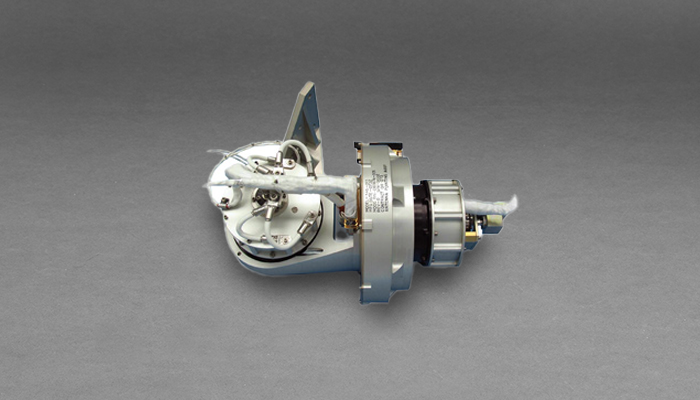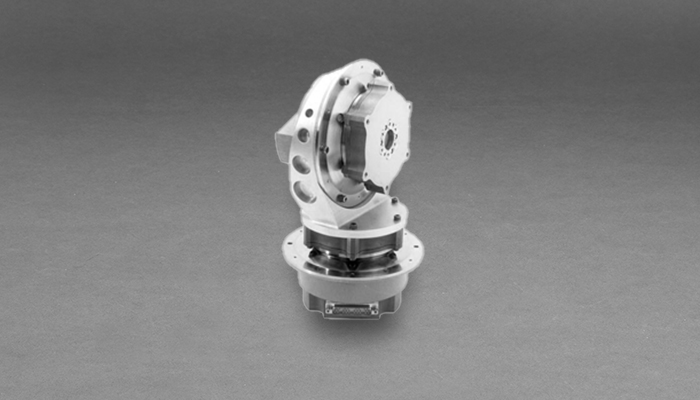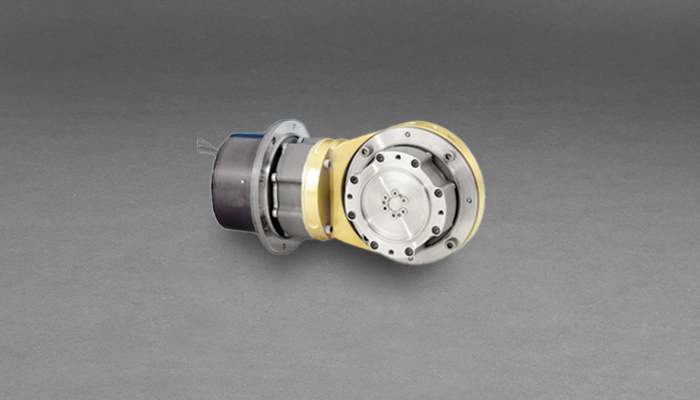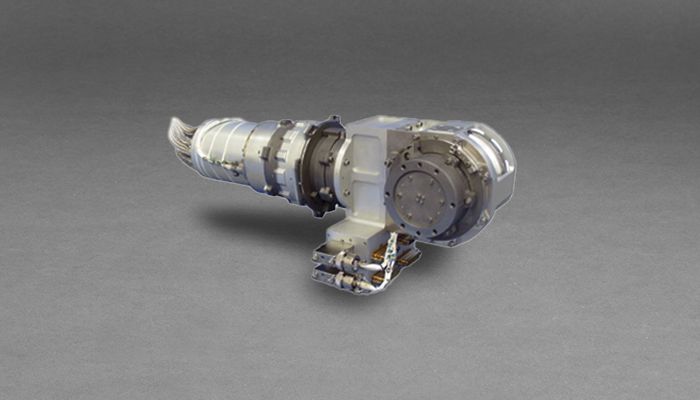A common movable element on spacecraft is the communication (or radar/microwave) antenna. Antenna Pointing Mechanisms (APMs) have long been used to perform the vital function of pointing the antenna bore sight to its target and tracking to maintain the RF link to the spacecraft. APMs are typically two-axis gimbals. Antenna motion relative to the spacecraft is produced in either an elevation-over-azimuth or a cross-axis format. While elevation-over-azimuth format can yield full hemispherical coverage, the XY configuration is ideal for tracking satellites in Low-Earth Orbits (LEO) because it eliminates the problem of the overhead keyhole phenomenon, which causes lost data when communicating satellites pass directly overhead. The wide variety of antenna positioner assembles are compact, two-axis gimbals which are ideal for supporting and positioning small- to medium- to large-sized spacecraft communications antennas. Gimbals can be configured with either azimuth-elevation or X/Y (crossed axis) geometry, and several approaches to electrical cable management are available. Electrical cables can be carried across the gimbal axes in flexing loops, in cable wrap drums, or both. If an RF feed to the antenna is required, RF rotary joints can be integrated with the gimbal.
CONTACT OUR EXPERTS>








